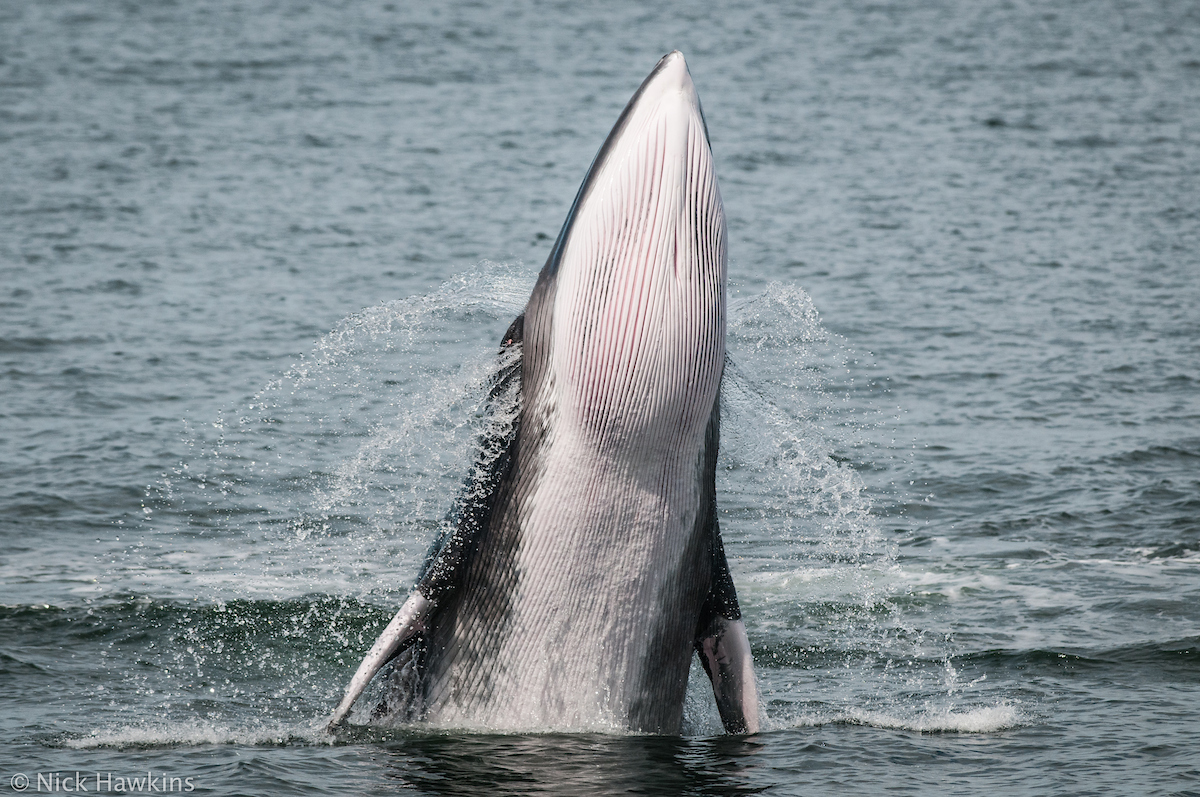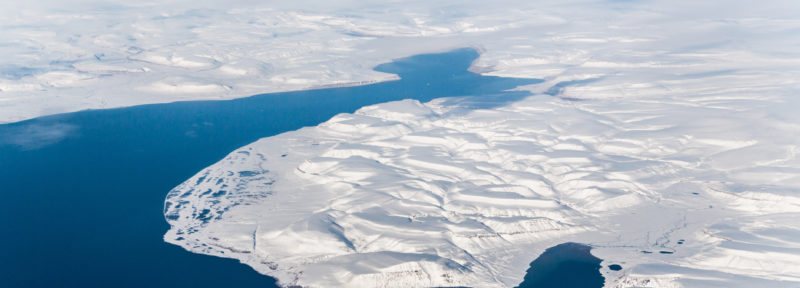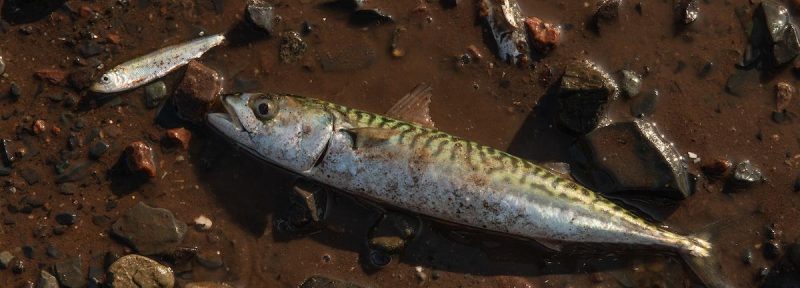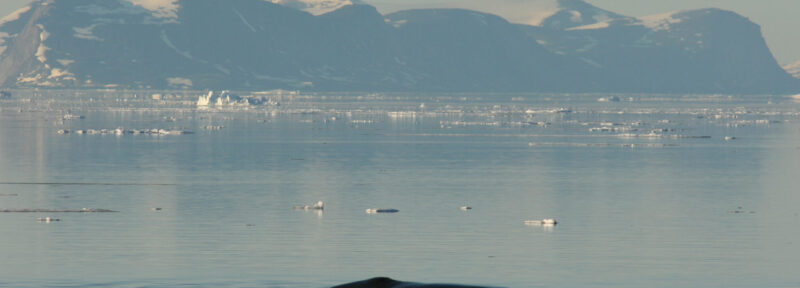What Can the Pandemic Teach Us About Protecting Nature?
A minke whale breaches near Head Harbour, New Brunswick.
Credit: Nick Hawkins
If you lived in a large Canadian city during the months of April and May, you may have noticed something strange about the air: it was significantly cleaner than usual. Levels of nitrogen dioxide, one of the pollutants produced by burning fossil fuels, dropped by over 30 per cent in Toronto and Montreal and by nearly 40 per cent in Edmonton and Calgary. The decrease in air pollution was noticed around the world. In Jalandhar, India, the thick miasma of dirty air that lay between the city and the Himalayas disappeared, rendering the faraway peaks spectacularly visible for the first time in decades. “Nature healing as humans get sick,” someone posted on Twitter, alongside an image of the mountains.
As COVID-19 and the ensuing lockdowns swept across the world this spring, social media posts went viral suggesting that, in the absence of humans, nature was getting an opportunity to recover—an unexpected benefit from an otherwise catastrophic event. People delighted in photos and videos of animals reclaiming the urban landscape, such as Japanese deer frolicking in the subway station. And once it became clear that outdoor activities presented less risk for spreading the virus, people flocked to parks and wilderness areas for solace and escape. In some ways, the pandemic has resulted in a renaissance for our appreciation for the natural world.
However, the respite for nature has been temporary. By June, emissions from China returned to their pre-pandemic levels. The expected drop in global emissions for this year, between 4 and 7 per cent, is less than the amount scientists say is necessary every year between 2019 and 2030 in order to prevent catastrophic warming. Meanwhile, habitat destruction—which increases the likelihood of more zoonotic diseases like COVID-19 emerging—continues apace. The fact is, nature won’t heal itself over a few months. Instead, we must cultivate a more respectful relationship with nature that recognizes our mutual dependency and incorporate this in the policy decisions that will define the post-COVID world.
Many Indigenous peoples in Canada and around the world already understand this obligation. Although Indigenous-managed lands only cover a quarter of the planet, research suggests they contain over 80 per cent of the world’s biodiversity. Supporting Indigenous-led protected areas (IPAs) on the land and sea can ensure that species survive and that ecosystems remain intact while providing food and job opportunities for nearby communities. The Canadian government is currently helping fund a number of IPA projects, such as Arqvilliit in Nunavik, and has worked closely with Indigenous governments on the creation of other protected areas, like Tallurutiup Imanga, which is co-governed by Inuit. However, the government has yet to create an official legal mechanism for establishing IPAs. Expanding and formalizing IPAs will benefit both the environment and Inuit, First Nations and Métis communities.
In our cities, suburbs and rural areas, there are also opportunities to conserve nature for the public good. Many Canadians are fortunate enough to live near natural areas where they can play, hike and swim. Formally protecting these places would ensure that they exist for future generations, while creating or improving green transportation options would make them accessible to all. There are also places where restoring nature can provide mutual benefits. Restoring river ecosystems can help reduce the impact of floods, which are increasing with climate change. Boosting the ratio of green space to paved surfaces through greenbelts, urban parks and tree planting can slow down the “heat island” effect, providing cooler air to cities with soaring temperatures. And living shorelines, where vegetation and other coastal landscape features are restored, can help reduce the dangers that rising sea levels pose to coastal communities.
Besides the ways in which “natural solutions” mitigate climate change impacts, they also deal with the root of the issue, because conserving nature means conserving carbon. In the ocean, for example, the seafloor stores a massive amount of carbon, though it is at risk from bottom trawling and seabed mining. Fish are a form of carbon storage, and their populations can be rebuilt and sustainably harvested through careful management. On land, vast wildernesses such as the Canadian boreal forest not only provide habitat for lynx, woodland caribou, and almost half of North America’s birds, but also store 11 per cent of the world’s terrestrial carbon. Counting and valuing the carbon storage these ecosystems provide—and not just the short-term development opportunities they present—will be key to reaching our climate goals.
The COVID-19 pandemic will eventually end, but the quandary we collectively face as we push nature to its limits will go on. As tempting as it may be to try to forget these months that have brought so much suffering, it is vital that we also remember how the pandemic offered glimpses of a healthier natural world that we thought had disappeared.
Alex Tesar is a communications specialist at Oceans North.





